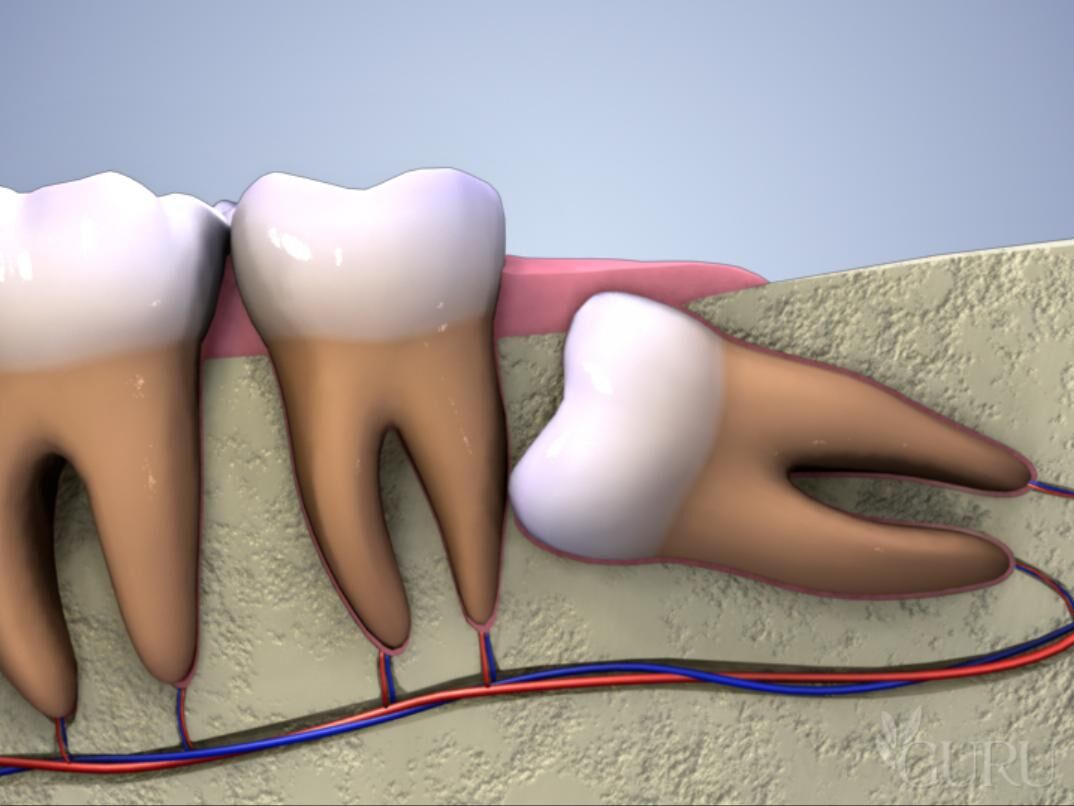Human teeth are supposed to last a lifetime if you take good care of them. However, there are a lot of different occasions when resorting to tooth extraction is the only way. Even though 32 is believed to be a standard, it’s totally ok to live with smaller amount of molars.
When pulling teeth is needed
Most common cause of such procedure is having damage in your molars which is beyond repair and threatens your dental health.

Some other reasons would be:
- A crowded mouth. Sometimes there isn’t enough space for all teeth to come out and fit in properly. In this case several molars can be taken out due to orthodontic issues. Impacted teeth often cause pain, gums discomfort and bad breath.
- Infection. The central part of the tooth also known as pulp can be exposed because of decay or damage. Then it’s likely to get infected. There are several ways to prevent it including Root Canal Therapy (RCT) and tooth extraction.
- Risk of infection. For those with weak immune system, such as undergoing chemotherapy or having an organ transplant, even a small chance of getting teeth infection is enough reason for molars removal.
- Periodontal Disease. It’s a case when gums are not strong enough to hold teeth, so it might be necessary to get some of them out.
What to expect with tooth extraction
The process is carried out by a dentist. To numb the pain and surroundings local anesthetic is used first. It’s usually an injection to the gum. It can be rather painful but is really short. Owing to extraction of several or impacted teeth the patient may be put under general anesthesia. In that event you would be asleep for the whole procedure.
Extraction itself takes some time. The doctor will use dental forceps to grasp the tooth and gently move it back and forth to finally loosen from the jaw bone and ligaments. In certain occasions there is also a need to cut the gum or the molar itself for a proper removal. Wisdom teeth are known to be the most difficult cases as they can cause a lot of pain far earlier than breaking through the gum.
After that a blood clot is formed in the socket. In order to stop the bleeding your dentist will place a gauze pad and ask you to bite it down. Self-dissolving stitches are also sometimes used to help the gum heal. The blood clot is supposed to stay in the socket for a day or two. Overwise a sedative dressing is placed over to protect it from exposing the bone.
What to discuss with your dentist prior to the procedure
The process is now well known and totally safe. However, there is still a risk of different blood and gum infections. You should tell your dentist if you are vulnerable to this kind of issues. It usually leads to use of antibiotics before and after the extraction.
It is also necessary to inform the dentist of the following conditions: damaged or man-made heart valves, congenital heart defects, Impaired immune system, liver disease (cirrhosis), artificial joint, such as a hip replacement and history of bacterial endocarditis.
After the procedure
Finally! Your tooth is gone and you are free to go home. Nonetheless, it will take few days for a full recovery. And you also should take some precautions in order to prevent infection, accelerate recovery and lessen your discomfort:
- Use prescribed painkillers if needed. Those are usually the same type you take in case of simple headache.
- Bite firmly on the gauze pad for 30 minutes at least and 4 hours at most. The pad should be replaced by a clean one in case of profused oozing. It’s ok if blood doesn’t stop for up to 24 hours after the removal of molar.
- Be careful to preserve the blood clot. Don’t rinse, brush or floss near the socket. Avoid spitting, sucking on candies or through a straw.
- Use an ice bag to reduce swelling. Apply it for 10-20 minutes with time-gaps of the same length.
- Avoid vigorous activity for at least 24 hours to reduce bleeding.
- After 24 hours rinse your mouth with a solution of half a tablespoon of salt and 8 ounces of water.
- Refrain from consuming tobacco products
- extraction. Add solid meals gradually. Avoid hot and spicy dishes.
- Use pillows to elevate your head while lying down.
When To Call The Dentist
First day after the removal is the hardest. You are likely to feel some pain while the anesthesia wearing off. Some swelling and residual bleeding are expected as well. However, if the pain tends to be unbearable for up to 4 hours after the extraction, you should call your dentist. Don’t hesitate to do it if you have fever and chills, severe nausea or vomiting, redness, swelling or excessive discharge from the affected area, cough, shortness of breath, chest pain.
Full recovery takes up to two weeks. The gap will be filled with new bone and gum tissue. Generation of free space can eventually cause teeth shifting. That is why you might feel strange while biting and chewing.
Tooth extraction is usually just another step on the way to your perfect smile. It’s often followed up by more dental services such as setting an implant or fixed bridge.
If you are looking for a cheap and reliable dentist office near your home in Jacksonville, consider visiting ours. We are always happy to help.


